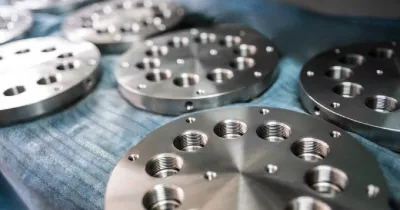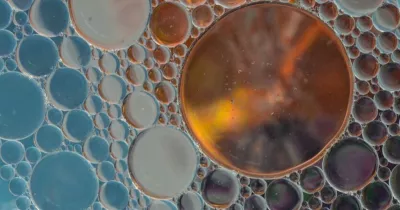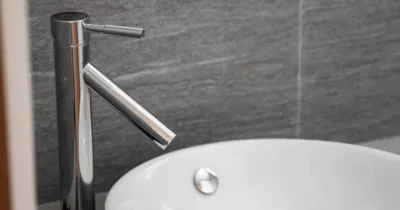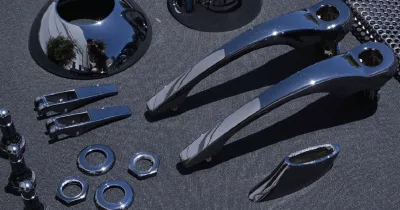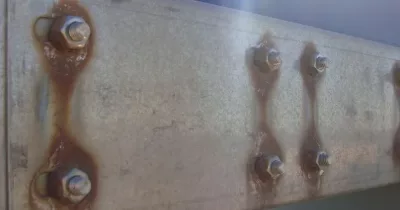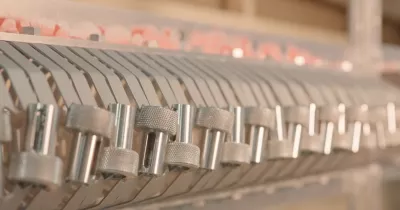Past and future of passivates
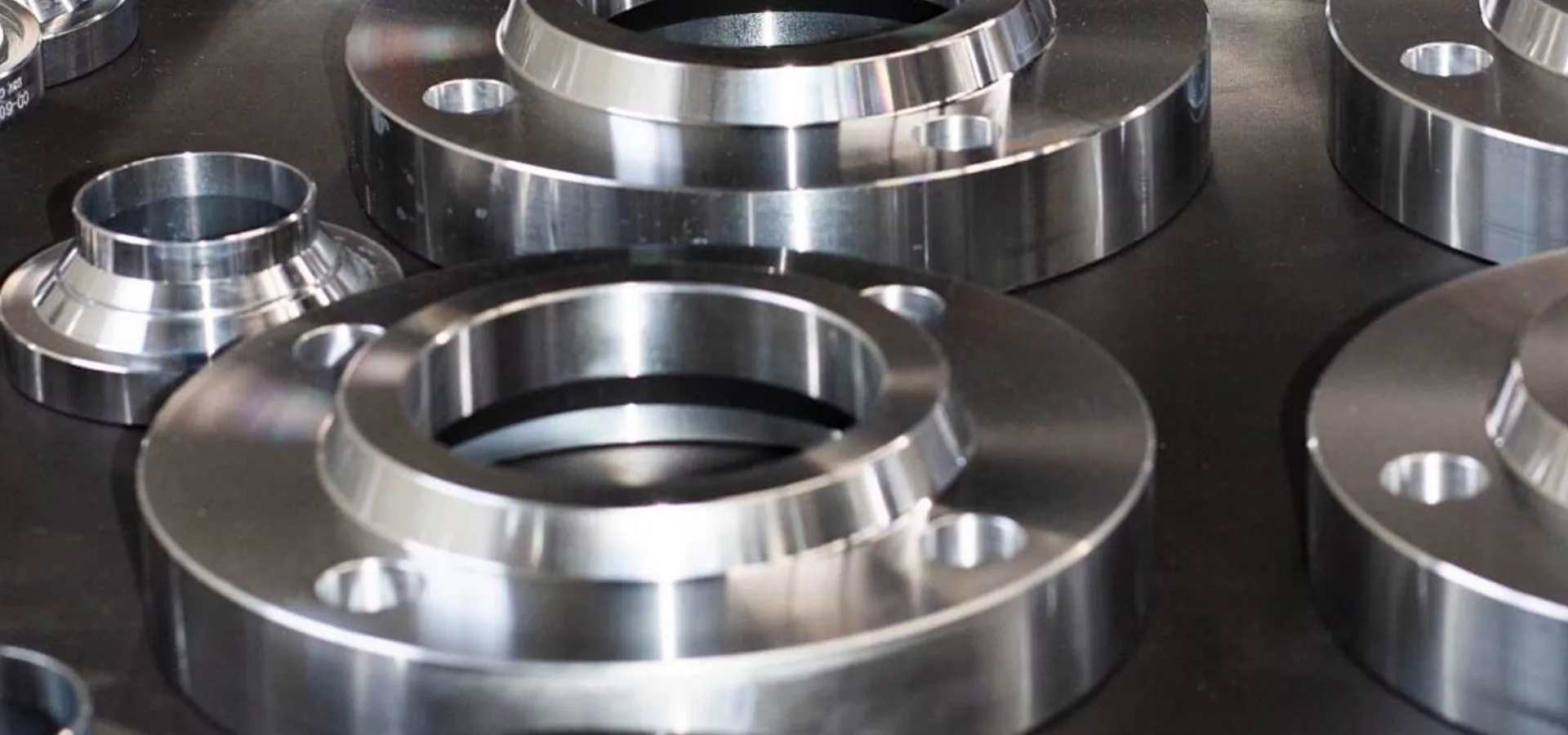
June 17, 2022
June 17, 2022
When you think of a passivate (or chromate as they used to be), what comes to mind? For some it’s a deep orange-yellow hex-chrome tank where in goes a brilliant, metallic finish and out comes a beautiful iridescent yellow or bright blue.
For others it’s a dark green-blue trivalent-chrome bath that produces a film that blasts the industry’s salt spray requirements out of the water. But would anyone’s mind jump to a water-clear tank with absolutely no chromium at all? Hardly.
Yet perhaps as the regulatory and environmental landscape changes little by little we’ll someday come to think of those crystal clear and dark green solutions as one and the same.
The past and why we changed
The electroplating industry has made leaps and bounds in the past few decades to improve their impact on the environment. The early hexavalent chromium passivates were carcinogenic, dangerously oxidizing, and posed serious health risks to workers on the line.
Over the past few decades many regulations have been handed down that have spurred research into the safer, and more environmentally friendly trivalent passivates. Trivalent chromium is much less oxidizing, isn’t carcinogenic, and is much safer to work with.
Early on, however, trivalent passivates had little to no protection, lasting maybe 24-48 hours in SS testing at best. After years of development, trivalent passivates have become better than most hexavalent passivates for corrosion protection.
Trivalent passivates aren’t without their environmental concerns. Many of today’s trivalent passivates contain other problematic components that, depending on the region, are being chipped away at for one reason or another.
Past components in passivates
Cobalt is one component that is of potential concern. In the EU cobalt is heavily regulated due to some concern that films containing cobalt can potentially form hex-chrome on the surface over time. Removing cobalt from passivates has been one of Pavco’s chief concerns over the past few years for this reason as well as the volatility in price.
Nitrate and fluoride are also common components of trivalent passivates that pose a risk to aquatic life. For regions that depend heavily on fishing such as Southeast Asia, wastewater must be carefully monitored and diluted to a safe concentration sticking platers with the bill.
With all these potentially harmful substances in our current passivates, where does this leave us? Pavco’s research team is actively working on the answer to that question, but for now here are some possibilities for what the future of passivates may hold.
A possible future
While there is no magic eight ball to answer our questions, current research into the subject may shed some light. One approach is to continue advancing trivalent passivates by slowly replacing each hazardous substance with a better alternative.
Pavco’s HyProTec LD and several other passivates currently under development are perfect examples of this. These passivates either eliminate cobalt, reduce or eliminate fluoride, or reduce nitrate concentration to bring them into acceptable limits.
By substituting safer complexors, metal salts, and oxidizers these products will eventually replace older systems when regulation in the broader market catches up with specific regions like the EU or SE Asia.
Another approach is to pivot away from trivalent chromium entirely and enter the world of ceramics, the clear solutions mentioned earlier. Solutions containing ZrO2, SiO2, or TiO2 have been demonstrated to form passivating films over aluminum and bare steel.
It’s only a matter of time before someone figures out how to use them over zinc and zinc alloys as well. These passivates would have the advantage of needing very little if any nitrate, no fluoride, no cobalt or really any other metal salts, and the primary passivating components are considered nontoxic and safe for marine species.
While research may be years or decades away from producing a functioning product based on ceramics or clean trivalent passivates, these possibilities give the plating industry hope for an exceptionally green future!
Tyler Batchler Research Chemist / SEM Technician
IT’S HOW YOU FINISH

We’re a developer and supplier of chemistries for the metal finishing industry since 1948.
In PAVCO, we develop products and deliver services of the highest quality at a reasonable cost.

